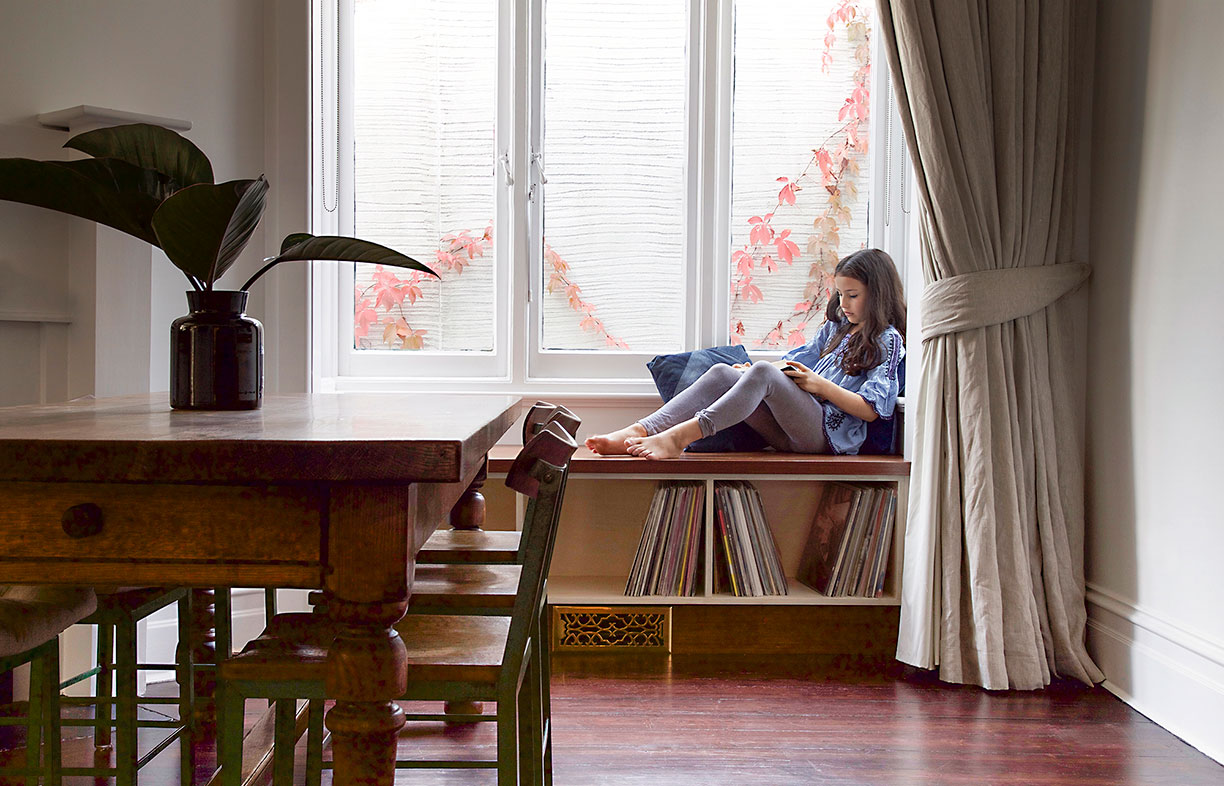Based on the United States Department of Energy, HVAC systems account for approximately forty-eight % of a home’s energy usage. That said, the system type you select can make a big difference when it comes to those summer cooling and winter heating bills. Deciding on the best one for your home size, construction, and the climate of your area is actually crucial. Below are 6 common types of systems to check.
Six Types of residential HVAC systems:
1.Standard Furnace and AC Split System
Sometimes referred to as forced air systems, the standard air conditioning and furnace split system is actually a setup that is existed for quite a while. With this particular system type, a blower fan in the furnace pulls in so-called untreated air, heats or perhaps cools it, and pushes it back through the ductwork into the house. Typically, the separate furnace is actually natural gas-powered. Homes that don’t have access to natural gas may also have a propane-powered unit.
Residential Heating and Cooling
Forced air systems are prevalent in parts of the country with mild climates where there is no need for central air conditioning. Homeowners in these areas often only have a furnace for winter heating and enjoy naturally cool temperatures through open windows during the summer. Another positive is that most newly installed natural gas furnaces today are actually more than ninety % energy efficient, which is actually great for both the wallet of yours and the planet.
The drawback to this system type is it actually requires ductwork and might develop dangerous leaks that may lead to carbon monoxide poisoning. For all those with serious allergies, these systems also tend to disperse much more pathogens and dust throughout the house and keep the air much drier during the colder months.
2.Standard Heat Pump and Air Handler Split System
The traditional heat pump and air handle split system is actually another popular choice. With this setup, the heat pump provides both heating and air conditioning. A compressor circulates refrigerant throughout the product. Cold air is actually picked up indoors when heating and pushes it outdoors. In the warmer months, the reverse happens to have the cool air inside the home yours. An indoor handler with a blower pushes the air through the system and circulates it into the living spaces of the residence of yours for a more comfortable climate.
Minimal equipment and operating costs make standard heat pumps popular in all aspects of the nation. Additionally, they boast lower operating costs than boiler systems and electric or perhaps gas furnaces and are generally very energy efficient.
Nevertheless, like split systems, they also require ductwork and can spread allergens throughout the home yours. Additionally, one downside of this kind of setup is. Actually, they are not as efficient when looking at heating in sub-zero temperatures where other HVAC options might be a little more appropriate.
3.Boiler with Radiant Heat System & AC
Another alternative is actually a boiler with a radiant heat system and an additional air conditioning unit for cooling in the summer. Basically, a boiler unit heats water to a really high temperature and pushes that water through special pipes in your flooring to warm up the rooms in the home yours. There are many kinds of systems, including those that use electricity, natural gas, or perhaps propane to heat the water. Steam boilers, which have existed for several 100 years, are not as popular today due to safety concerns.
Experts say radiantly heated air is probably the most comfortable to have in your home as it’s not too dry or perhaps too humid. Systems with combi boilers even use the water for heating to create domestic hot water – i.e., the water used for showers, laundry, etc. As a bonus, the warmed floors feel great on feet that are bare on a chilly morning.
On the downside, boilers often take more time – up to an hour – to heat your whole home than a standard furnace system. They also require special radiant floor pipes to be able to do the job well. The original cost is also considerably greater than forced air or perhaps a heat pump system.
This particular system type is usually present in older homes. It’s often better to replace an aging process with a new one rather than going the forced air route to stop the radiant floor piping’s extra cost.
4.Mini-Split Heat Pump System
Yet another HVAC option to consider is actually the mini-split heat pump system. It’s much like a regular heat pump system, but there are actually several spread out throughout the house rather than having a single unit. Typically, this includes outdoor and hidden indoor units set up in zones. Based on your house size, you could need as few as 2 units or perhaps as many as more than 8.
The mini-split heat pump system is quickly growing in popularity because of a lowered cost and increasing efficiency. In reality, these devices are actually the second most energy-efficient option for heating and cooling your house next to geothermal technology. As a bonus, no ductwork is actually required, making them a wonderful choice for homes that don’t currently have it; however, they have to have a reliable HVAC system.
On the downside, the original setup cost is a lot higher than a regular heat pump system, and parts could be harder to obtain. Additionally, some areas with sub-zero winter temperatures may not be ideal for a mini-split system with the technology available at the time.
5.Geothermal Heat Pump System
Another alternative is actually a geothermal heat pump system. This particular system type relies on a series of underground pipes to circulate water below ground, where it’s warmed in the winter and cooled in the summer. This’s highly energy-efficient, as it uses the natural temperature of the earth’s soil together with the climate control process.
By much, geothermal systems are probably the most popular with homeowners concerned about their environmental footprint and those that tend to lean towards green living habits. These are the most energy-efficient systems on the market, and most last up to twenty-five years before needing serious repair or perhaps replacement.
Sadly, you will find several downsides. Geothermal heat pump systems are probably the most expensive for initial installation. This’s particularly true in existing homes versus brand new construction, where the ability to add piping is much easier. And as a result of the setup’s specialty nature, repair costs are also several of probably the highest. But most homeowners rationalize that the additional cost is actually reasonable, thanks to the dramatic increase in cooling costs and yearly heating.
6.Electric AC and Furnace Split System
A split system with an electric furnace and an air conditioning unit is most useful in certain areas. This particular setup is actually identical to the forced air system mentioned earlier on this page. Still, it uses an electric furnace rather than natural gas or perhaps a propane-powered one.
Basically, these space heaters are big with attached fans that blow air that is warm through the home’s ductwork. In climates where very little winter heating is actually required, this’s usually the best option, particularly if your area’s cold season lasts only 2 or perhaps 3 days from the season. They’re also a wonderful option for vacation or perhaps secondary homes that do not require high amounts of temperature control.
The downside is that these devices are not nearly as energy-efficient as some other choices on this list. But the lack of use often makes up for any increased heating bills you may face.
Deciding on the right home heating and cooling system takes a little knowledge, but it should not be an overwhelming job. Do not get lost in the details, and do the research yours. The size and use of your home certainly matter, but cost and energy efficiency are also essential.
Commercial Heating and Cooling

 Counseling Amore: Nurturing Relationships Through Expert Guidance
Counseling Amore: Nurturing Relationships Through Expert Guidance  Video Projector Rental: Elevate Your Event with High-Quality Visuals
Video Projector Rental: Elevate Your Event with High-Quality Visuals  Malaga Wedding Venues: A Guide to Your Dream Destination Wedding
Malaga Wedding Venues: A Guide to Your Dream Destination Wedding  The Benefits and Importance of Pressure Washing in Fife
The Benefits and Importance of Pressure Washing in Fife 


